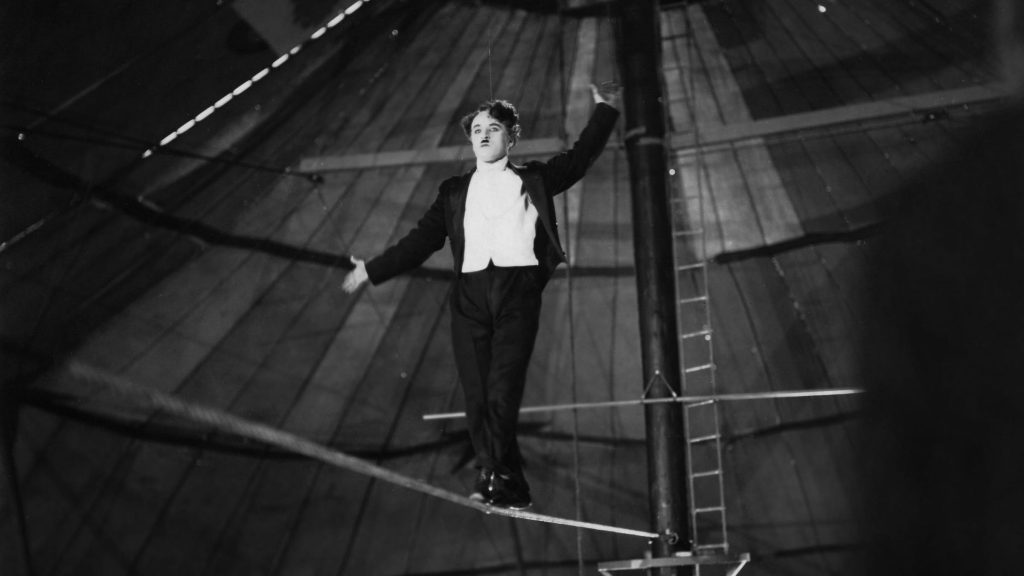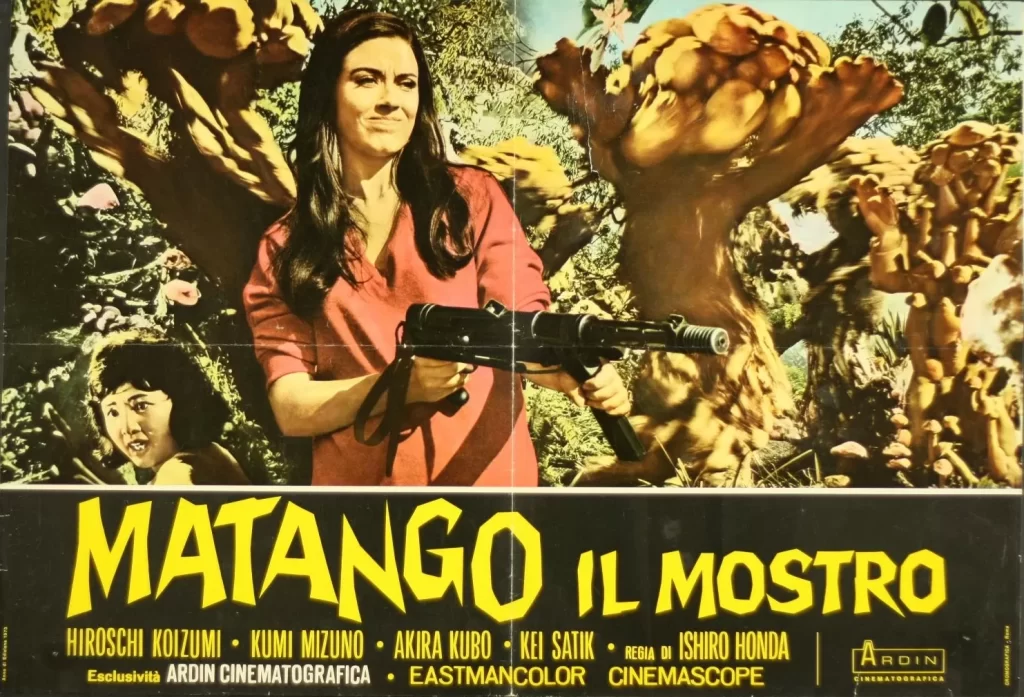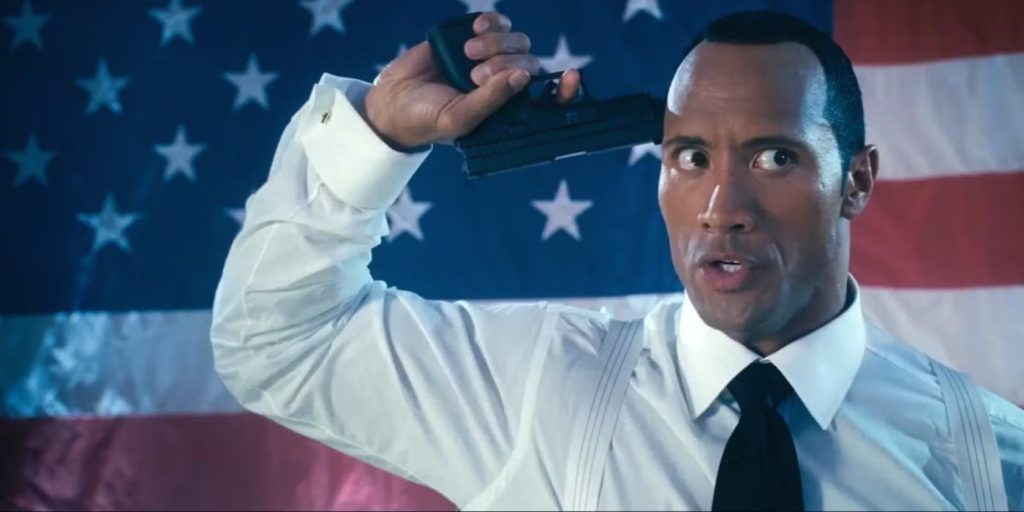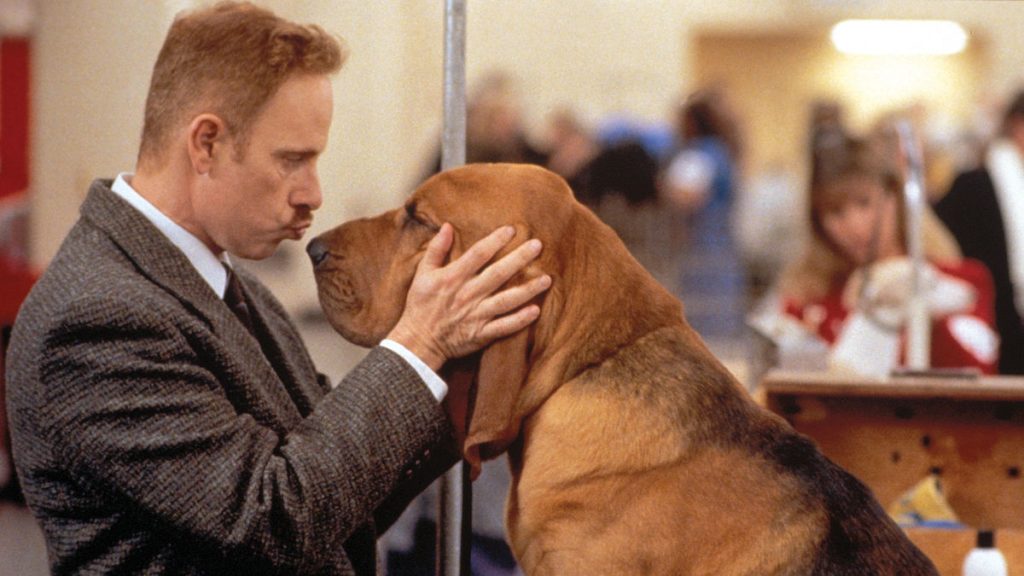At 94 years old this month, Charlie Chaplin’s 1928 film The Circus (now streaming on the Criterion Channel and HBOMax) is wondrously spry. Once considered a lesser of Chaplin’s immortal silent features, the film’s reputation has risen in the past decades, and rightfully so. To my mind, it is Chaplin’s “one perfect film,” just as James Agree wrote in the late 1940s. It still hasn’t broken the AFI’s best 100 movies list, where Chaplin’s City Lights (1931), The Gold Rush (1925), and Modern Times sit at #11, 58, and 78 respectively. But it will always be my sentimental favorite, the first Chaplin film I showed my own young kids, who loved it despite their 21st century tastes for, say, spoken dialogue.
Indeed, The Circus is a great place to start anyone on Chaplin’s Little Tramp, the most iconic figure in all of film history. This is true despite the fact that Chaplin birthed him some fourteen years earlier, an inchoate character in an inchoate Hollywoodland, the two growing up together. In knockabout slapstick shorts churned out at Mutual, Essanay and then First National Pictures, Chaplin developed the Tramp’s persona, from a stock “Inebriate”—born of Chaplin’s years as a pantomime comedian on British and then American vaudeville stages—to the quintessential hobo-gentleman, materially poor yet noble at heart and rich in imagination. As the run times grew longer, Chaplin elaborated his ingenuous gags and increasingly subordinated them to story, along the way developing his signature blend of comedy, pathos, and, ultimately, serious Art.
Chaplin’s first feature film, The Kid (1921) nails the pathos, but the gags are less hilarious—excepting that famous window-breaking scam he runs with the titular kid. The same can be said for his next feature, The Gold Rush (1925)—excepting the ‘Dance of the Dinner Rolls’ and the precipice-teetering cabin, which are required viewing, of course. While inarguably masterpieces, these first two Tramp features are heavier films, weighted with Chaplin’s working through of childhood traumas (i.e., abandonment, poverty, and hunger in South London) and grand American mythologies (i.e., rags-to-riches opportunity). These films also give us the Little Tramp en media res, needing no introduction to contemporary global audiences who knew and loved him, making Chaplin Hollywood’s first megawatt international celebrity.
Not only is The Circus lighter on its feet, and the most balanced in its blend of comedy and pathos, it also acts as a sort of origin story for the Tramp—while self-reflexively commenting on Chaplin’s career. The film opens on a paper hoop printed with a star, through which a young circus rider (Merna Kennedy) jumps. Dismounting, she is chastised and punished by her tyrannical stepfather/ringmaster (Allan Garcia) for perceived inadequacies; he shoves her to the ground and denies her dinner. Meanwhile, we meet the Tramp, languishing outside the Big Top at the side shows, marginalized, “hungry and broke” (per an intertitle), and misconstrued as criminal by the authorities, as usual. He is pursued by police into a hall of mirrors (an inspiration for Orson Welles’ Lady in Shanghai ) and then onto a Noah’s Ark attraction, pretending to be one of its mechanical dummies to avoid detection—with the ineffable qualities of Chaplin’s physical comedy on full display. Finally, he is chased into the circus ring and onto a revolving platform mid-ring, doing circles with a cop hot on his heels. The audience thinks it’s all an act, and finds the Tramp more uproariously funny the more indignities he suffers, better than all the other old-fashioned clowns combined. The ringmaster hires the Tramp and makes him the star attraction, recognizing his chance to restore the circus’ fading fortunes.
The Tramp soon befriends Merna, connected as they are by hunger and the ringmaster’s exploitation. Like so many of Chaplin’s heroines, Merna ignites the Tramp’s innate chivalry and romanticism. When the circus’ fortune-teller predicts that Merna will find “love and marriage with a dark handsome man who is near you now,” the Tramp believes himself that man. Enter Rex (Harry Crocker), a ‘dark handsome’ tightrope walker and the actual prophesied groom, a romantic rival against whom the Tramp will initially parry (ridiculously) but to whom he will ultimately concede (graciously) for the heroine’s sake, ever the martyr to unrequited love.

Along the way, the Tramp-as-Top-Clown suffers many additional indignities-as-gags, highlighting the burden of being “The Funny Man.” He accidentally swallows a horse pill and marvelously botches a magician’s act. He is harassed by a relentless mule and trapped in a lion’s cage, in a famous scene achieved by painstaking double exposures within the camera of Chaplin’s longtime director of photography Roland Totheroh. Finally, in the side-splitting climax, he spectacularly tussles with biting monkeys on the high wire, his pants around his ankles—trying to out-tightrope Rex, absurdly enough. After this hysterical humiliation, for which he is fired, the Tramp understands that Merna’s happiness can only be ensured by her coupledom with Rex, which he arranges. In an ending as iconic as anything in Chaplin’s filmography, the Tramp sits alone in the now open-air and deserted ring, after the happy couple and the circus wagons roll away. He contemplates a torn paper star, gesturing towards the film’s opening and, extra-diegetically, the loneliness of stardom. But then the Tramp sighs, stands, and walks away from the camera, with a jaunty heel kick, a signal of his character-defining resilience.
If The Circus seems like a perfectly light-footed entertainment, Chaplin’s experience of making it was more like the Tramp’s torturous catastrophe-courting high wire act. The production was plagued with tribulations: a film lab mishap in which Chaplin lost a month of rushes (of that arduous tightrope scene, no less); a preproduction storm that destroyed one set; and a mid-production fire that destroyed more. Chaplin’s personal life was equally disastrous. He was embroiled in a divorce from his second wife, Lita Grey, the first of the public relations nightmares that would finally tarnish Chaplin’s lofty status with the moviegoing public and contribute to his exile in 1952. A year into the shoot, he suffered a nervous breakdown, and suspended filming for months to recover.
No one can blame Chaplin, then, for preferring to leave The Circus behind him, not even mentioning it in his 1964 autobiography. This, even though it was the only film for which he won an Oscar, in a special category invented for the occasion—for “versatility and genius in acting, writing, directing and producing”—notwithstanding his Lifetime Achievement Oscar of 1972.
Indeed, the filmmaker’s own neglect helps explain why The Circus was temporarily undervalued. Happily, its stock has trended upward ever since its re-release in 1969, at which time Chaplin himself marveled at its inventiveness, charm, and vitality—perhaps the most important critical reappraisal of all.
The Circus is now streaming on the Criterion Channel and HBOMax.



